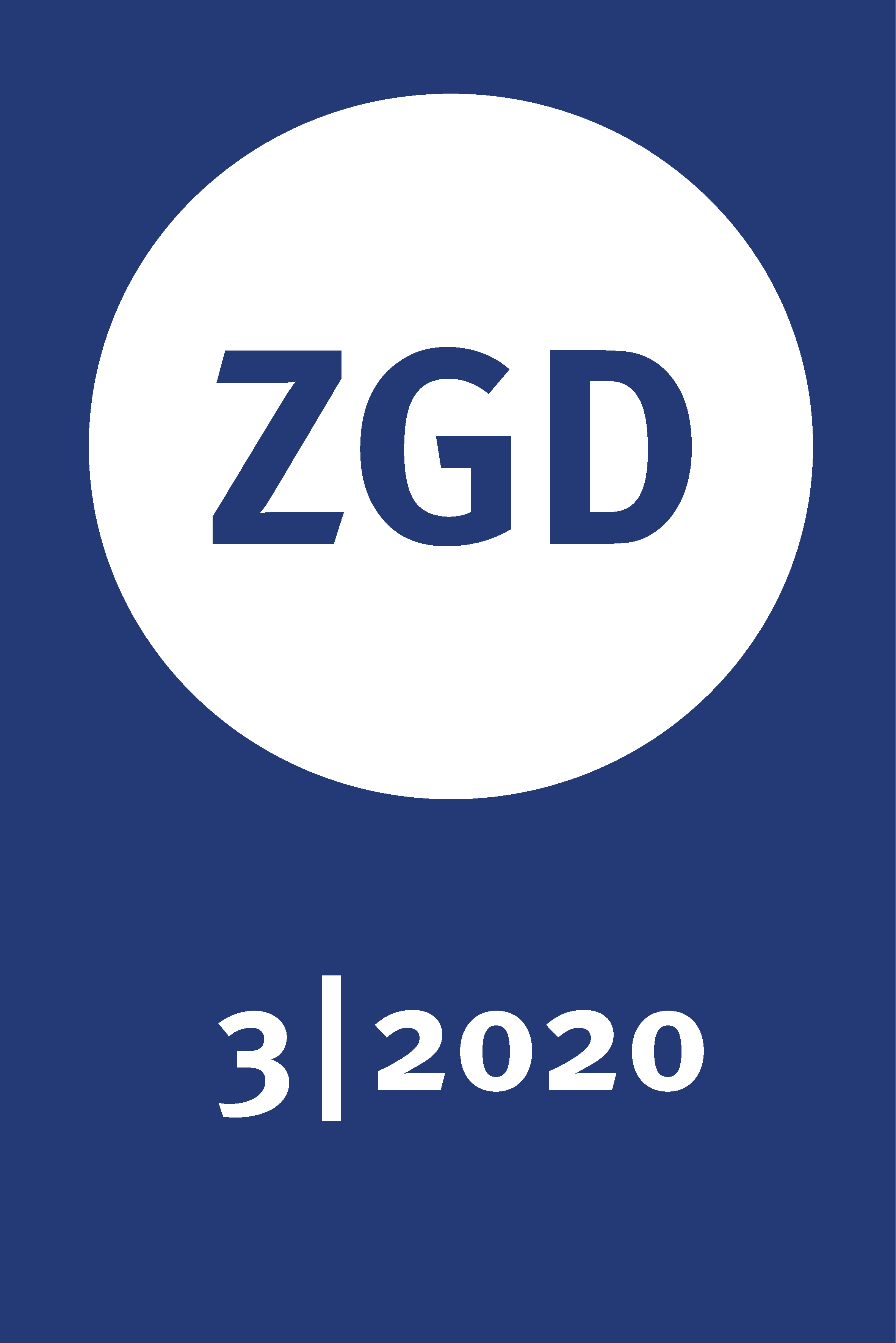Does Physical Proximity Influence Knowledge about the Structure and Formation of Volcanoes? An Empirical Case Study at Two German Schools in Ecuador
DOI:
https://doi.org/10.18452/22031Keywords:
students’ concepts, process-related knowledge, volcanoes/volcanism, Ecuador, education for sustainable developmentAbstract
Ecuador is characterized by the highest density of high-risk volcanoes worldwide. Does this affect students' knowledge of volcanism? This paper provides partial results of a comprehensive overall study of the knowledge of students from Ecuador about the structure and development of volcanoes/volcanism. The study used a questionnaire administered to sixth-grade students without prior formal training on volcanoes and volcanism. Twelfth-grade students also This questionnaire was also answered by high school students. In addition, the questionnaire was also presented to twelfth-graders. The results of this sub-study indicate an influence of the proximity to high-risk volcanoes on the knowledge about the formation and structure of volcanoes/volcanism.
Downloads
Published
How to Cite
Issue
Section
License
Copyright (c) 2020 Journal of Geography Education

This work is licensed under a Creative Commons Attribution-NonCommercial-NoDerivatives 4.0 International License.







